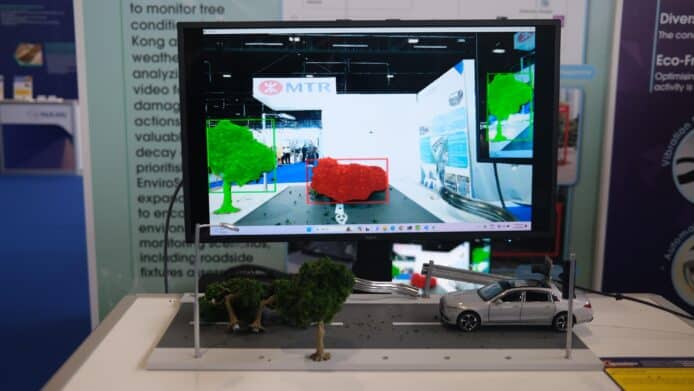
The Healthcare Information and Management Systems Society (HIMSS) Conference is reliably the most significant health care IT conference in the United States each year, bringing together thousands of vendors and tens of thousands of health care IT professionals focused on a common goal: Improving health care efficiency through technology. This year was no different.
Here are some of the key topics we witnessed from our spot on the HIMSS 2017 Exhibit Hall floor.
Health care data: How it’s growing and where it’s goingOn average, health care data is growing 30 percent year over year. With focused initiatives such as population health management and telemedicine creating terabytes of new data, many wonder how health care providers will manage it .
More and more, the rising costs of on-premises data centers are driving health care organizations to the cloud . Historically, organizations have placed applications in the cloud for management, but have moved little (or no) sensitive information, such as medical records and radiology imaging.
This is greatly due to the perceived risks of putting private information in the cloud, as well as a lack of data governance, HIPAA policies, and procedures to protect sensitive information stored there. However, as more organizations put data into the cloud, it drives down the total cost, nicely aligning cloud consumption with the health care industry’s focus of reducing costs while providing exceptional service.
Managing employee risks in cybersecuritySecurity risks come in all shapes and sizes, and attacks are taking place on a consistent basis. VMware had the famous hacker-turned-security-consultant, Kevin Mitnick, at its booth to shed light on the resources hackers use to penetrate systems and acquire sensitive information.
Mitnick portrayed how easy it is, through simple actions from end users, for hackers to get into the core of an organization’s systems. The important takeaway was that, despite having all the latest protections in place, your organization’s security is ultimately dependent on your employees to recognize and execute that prevention. As an organization, how do you mitigate those risks of human error?
Better engagement between health care providers and consumersConsumers are always looking to take advantage of the newest technologies available to them, and health care consumers are no different, as shown through the evolution of mobility in health care.
For example, 63 percent of millennials would like to send health data to their doctors through wearable technology . Accordingly, health care providers are looking into how they can modify their operations to become a digital delivery system of real-time information through watches, tablets, smartphones, and other devices.
Providers are striving to take care of patients and better engage with them beyond the confines of their hospitals in order to reduce readmission rates. This is yielding a wave of mobility solutions within the market that are designed to foster better, intimate engagement, offer more timely messages, exchange information on demand, and create better coordination between staff, patients, and customers.
Some final thoughtsHIMSS always provides an in-depth analysis of what is taking place now and in the future in the health care industry, with insight from some of the top health care professionals across the globe.
The overarching themes are typically similar new security threats, data management, and analytics but new challenges in those areas are always emerging. HIMSS offers a reliable venue to explore these evolving health care IT challenges and needs with some of the brightest minds in the industry. See everyone in Las Vegas in February for #HIMSS2018!
















